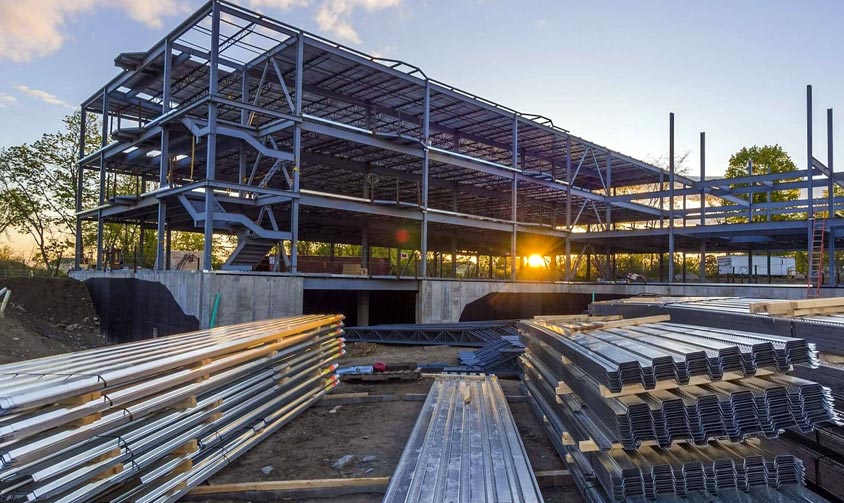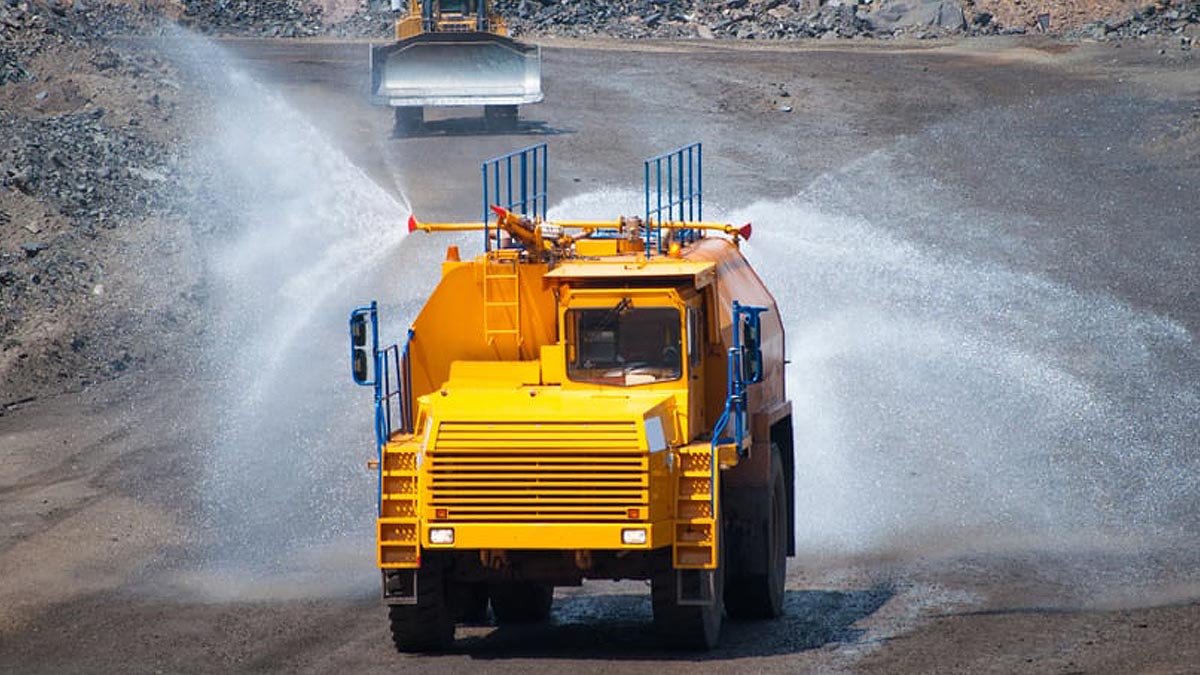How to Keep a Construction Site Clean

Every busy building site will have to contend with construction waste at some point. Much of the time, it’s unavoidable… but you do need to take action to ensure safety, and to keep the site clean and functional at all times. Otherwise, the job probably won’t run as smoothly as it could and the welfare of workers could be at risk.
In this article, we’ll take a look at how to keep a construction site clean.
Why do you need to keep a construction site clean?
There are a few reasons why you do need to keep a construction site clean. The most important by far is to create a safe workplace.
Construction sites can be full of hazards and risks for workers. Some of these common hazards for workers and even your client include electrocution, injuries from machinery, falling from heights, and slip and fall injuries. What’s more, poor cleaning and waste management can create additional hazards for a person on the building site, such as trip and fall accidents and respiratory problems from dust inhalation.
However, these risk factors can be easily avoided by using personal protective equipment and cleaning your area properly.
A poorly kept project will also be less productive because trades and labourers will find it more difficult to do their jobs with waste lying around. An unclean site is also an eyesore, and will likely pollute the surrounding areas and affect water quality, which must be avoided at all costs.
What kind of junk is present on a building site?
The construction industry produces all sorts of waste. If you’re trying to keep your area clean, you’ll probably have to deal with materials and product such as:
- Wood and timber offcuts and leftover materials
- Rubble
- Soil
- Brick
- Tiles and tile offcuts
- Scrap metal
- Glass
- Plastics
- Dust
- Chemicals
- Grease and oil
- Paint.
There is good news: many of the materials that make up construction waste are recyclable or reusable and don’t have to end up in landfill. However, this is only possible if you make sure rubbish is separated properly on site, which can be done by using a skip bin service or similar waste management equipment.
Tips on how to keep your construction site clean
Use skip bins
When you have a construction site to maintain and clean, you’ll need somewhere to put your waste. This is where renting skip bins from a contractor comes in incredibly handy. They’re very durable and can hold almost any kind of rubbish from your building site. They are also available in a range of sizes, meaning there’s a bin for every construction project, big or small.
Skip bins are also a convenient way to deal with your construction waste. There’s no quick timeframe on when you need to get rid of them, and they’ll sit on site until you’ve filled them up with debris. These bins are also great for separating waste on site and making sure that you’re running a more environmentally friendly waste management system.
Before you have your bin delivered, it’s important to confirm with your experienced skip bin service what waste you can put in each bin. Mixing waste can lead to all sorts of problems when it comes to collecting the bin, and makes it much more difficult to achieve an environmentally friendly outcome.
Watch where you’re walking
Dust and dirt will always find their way into your site and once they do, they’re hard to get rid of. Much of the time, these contaminants will be carried in on the boots of your workers. This is where identifying a dedicated walkway is really important. It helps keep all the mud and dust in one spot.
Laying plastic sheeting or old carpet over the walkway makes cleaning even easier. At the end of the job, you can simply pick up the covering and throw it in the bin! This saves plenty of time and helps keep your site safe and presentable.

Reduce dust where possible
Every residential or commercial site battles against dust and not all of them win. Dust gets into every little nook and cranny, and can be tough to remove and even spot when cleaning on-site. It comes from many different sources and activities, and can even be blown in from outside. Therefore, reducing dust at the source is invaluable.
Activities like grinding tiles, using cement and shoveling mulch, soil, and rubble, create plenty of dust on site. There are plenty of other sources too, and it’s important to be aware of where the dust is coming from. It’s not only creating a mess on site, but dust is also a health hazard for any labour on site. Whether you’re working on a store renovation, a residential site, or a community project, dealing with dust is a must.
Using dust catchers on tools and equipment will go a long way toward reducing the dust on your site. Keeping doors and windows closed where possible keeps dust outside, and regular sweeping and vacuuming will also work wonders. Watering areas also helps prevent dust from becoming airborne and spreading, but this approach will only work outdoors.
Vacuum regularly
If you’re not able to reduce dust or other pollutants at the source, regular vacuuming is the next best way to deal with it. Vacuuming keeps your site clean, ensuring a safe working environment for those working on site. While it’s not a preventative measure, vacuuming after each workday is one of the top tips on how to keep a construction site and your equipment clean. Hiring a professional construction cleaning company is an option here.
Make a plan and make it known
Cleaning on your construction site is everyone’s responsibility. Putting together a cleaning plan and providing some training where required is a great way to make sure your site stays in good shape throughout the project. This plan should involve daily activities, including cleaning and putting waste in bins to make sure that piles do not build up.
A plan is not effective if your people do not understand the rules or don’t even know about it. This is why it’s important to discuss cleaning plans in toolbox meetings each day or each week, and ensure your workforce understands their responsibilities and role. When everyone works together and contributes, your site will be a much cleaner place!
A final word
It can be difficult to keep a construction site clean and tidy, thanks to the building process and materials that produce waste on a daily basis. However, that doesn’t mean you should simply leave it as is. Taking steps to reduce waste is essential, and regular cleaning will keep your site safe and presentable at all times. Recycling that waste is even better!


